Women and Alcohol National Institute on Alcohol Abuse and Alcoholism NIAAA
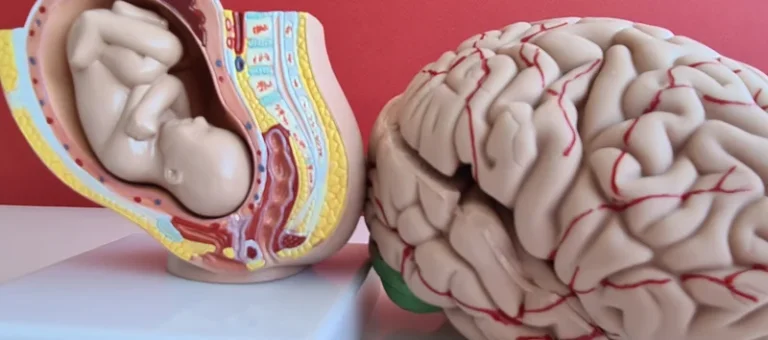
Of particular note, however, is the paucity of studies that examined genderdifferences in consequences of drinking. Finally, few studies addressed whetherhistorical and developmental trends in gender differences varied by otherdemographic characteristics. Available evidence indicates that historical trends inalcohol consumption vary by socio-economic indicators such as college attendance,but whether alcohol consumption among college attenders and non-college attendersincreases or decreases over time depends on the data source. For example, in NSDUHdata, the gender gap in binge drinking narrowed among young adults without collegeeducation due to increasing prevalence among women and decreasing prevalence amongmen (White et al., 2015). In contrast, datafrom the NAS study found positive cohort effects indicative of increased drinkingrisk for more recently born cohorts of women for heavy drinking days, but only amongthose with a college education or greater (no similar differential cohort effects byeducation were documented among men) (Lui et al.,2018). Thus, understanding how patterning of historical and developmentaltime trends in alcohol outcomes are differentially shaped by factors such aseducation and socio-economic status is a clear gap in the literature.
Alcoholism and Alcohol Abuse

Moreover, the way in which gender convergence could arisemay vary by developmental period. Understanding the ways that gender differences arenarrowing historically and at what point of the lifecourse this narrowing is mostevident is essential in order to inform the public health response to changing drinkingpatterns. Alcohol consumption is increasing in the United States, as isalcohol-attributable mortality. Historically, men have had higher rates ofalcohol consumption than women, though evidence for birth cohort effects ongender differences in alcohol consumption and alcohol-related harm suggest thatgender differences may be diminishing. We review studies using U.S. nationaldata that examined time trends in alcohol consumption and alcohol-related harmsince 2008. Utilizing a historical-developmental perspective, here we synthesizeand integrate literature on birth cohort effects from varying developmentalperiods (i.e. adolescence, young adulthood, middle-adulthood, and lateadulthood), with a focus on gender differences in alcohol consumption.
Factors affecting alcohol consumption and alcohol-related harm
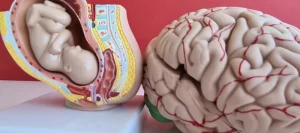
These women togethercomprise the birth cohorts born in the late 1970s and early 1980s. Cohorts of womenborn in the late 1970s and early 1980s have been shown to have high levels oflifetime drinking compared to other cohorts of women (Kerr et al., 2012), despite the evidence that thesecohorts had less adolescent binge drinking than previous cohorts (Miech et al., 2018). Increased risk of alcoholconsumption through the life course for late 1970s/early 1980s birth cohorts hasbeen confirmed in other data as well (Keyes andMiech, 2013). Thus, the literature is remarkably consistent when changesover historical time in alcohol use are examined by birth cohort, in thatage-period-cohort analysis indicates that the same cohorts of women who had thehighest risk of heavy alcohol consumption were the same group who evidenced fasteracceleration in drinking during young adulthood.
Katherine M Keyes
Certainly, no one should feel obliged to start drinking for the health benefits. There are plenty of other ways to safeguard your health, such as regular exercise, a nutritious diet, keeping your weight under control, and not smoking. But for women who enjoy alcoholic beverages, it’s important to know where to draw the line, and to be prepared to redraw it as you get older.

- Too much alcohol can also shut down parts of your brain that are essential for keeping you alive.
- A review in Drug and Alcohol Dependence found that women are equally able to recover as men.
- Turning more specifically togender differences in drinking, cohort by age by gender interactions are key toconsider.
- Women are more likely to contract alcoholic liver disease, such as hepatitis (an inflammation of the liver), and are more likely to die from liver cirrhosis (a chronic disease that progressively destroys the liver’s ability to aid in digestion and detoxification).
While men are still Women and Alcoholism more likely to drink—and to binge—women are drinking more, and more often, than they did in the past. Even after decades of research in the field, George F. Koob, Ph.D., is still learning new things about alcohol,… If you are on any medications, talk to your health care provider about how alcohol may affect them. Women with young children need access to appropriate childcare services before they can undergo treatment. They may be concerned about losing custody of their children if they reveal that they have an alcohol problem.

Young adulthood (ages 18 to .
The first approach, which we utilized here, is a literature review thatincorporates a set of studies that range in both the time periods examined and theages or developmental periods examined in order to decipher if and how historicaltrends have varied by the period of the lifecourse examined. The second approach incorporatessets of cross-sectional historical data sets that collectively assess overlappingcohorts but assess them at different points of the life span, such as the paper byWhite et al. 2015 (White et al., 2015) that separated historical trends ingender differences by small age categories. The third approach incorporates a set ofdevelopmental data sets that collectively assess overlapping developmental periodsbut vary as to which cohort is assessed, that can assess developmental andhistorical variation simultaneously through age-period-cohort estimation (Kerr et al., 2012; Keyes and Miech, 2013). By utilizing either the second orthird approach, cohort effects could be compared across the lifespan. The fourthapproach would use a single data set that is both historical and longitudinal in itsdesign.
- The late 1970s-early 1980s birth cohorts have emerged asheavy drinking adults across two independent data sources (Kerr et al., 2012; Keyesand Miech, 2013).
- However, thesecohorts are not exclusively those at higher risk of adverse outcomes, compared toother cohorts that have been observed in the past decade.
- But the evidence suggests that women are just as likely to recover as men once theybegin treatment—a glimmer of hope that may make the journey to recovery worth trying.
- Some of this increase may reflect a greater comfort on the part of women to discuss their drinking.
- If you are on any medications, talk to your health care provider about how alcohol may affect them.
Because women become addicted to alcohol more easily than men, drinking even moderately can be a slippery slope. In fact, about half of all cases of alcoholism in women begin after age 59. Women are more likely than men to suffer alcohol-induced brain damage, such as loss of mental function and reduced brain size.
What is binge drinking?
Prenatal alcohol exposure can cause children to experience physical, cognitive, and behavioral problems, any of which can be components of fetal alcohol spectrum disorders. Drinking during pregnancy can also increase the risk for preterm labor. Studies show that women start to have alcohol-related problems sooner and at lower drinking amounts than men and for multiple reasons.3 On average, women weigh less than men. Also, alcohol resides predominantly in body water, and pound for pound, women have less water in their bodies than men.

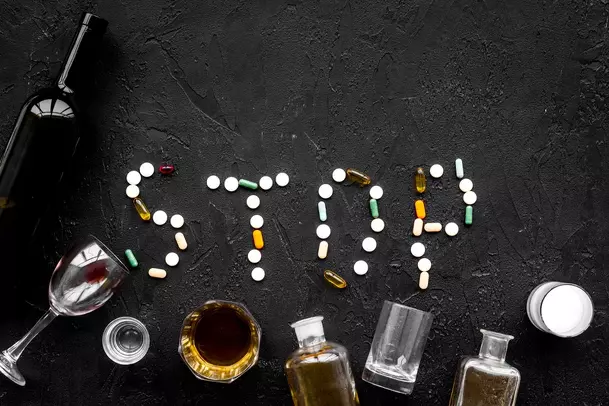



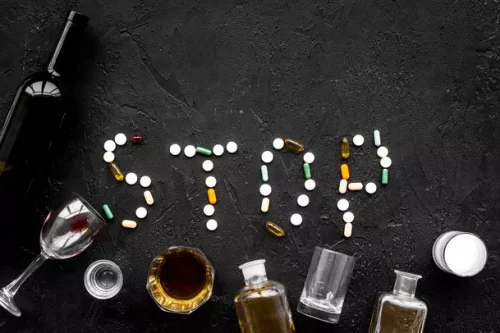



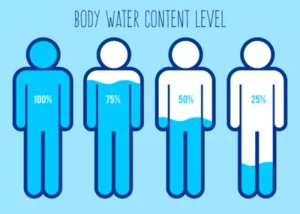
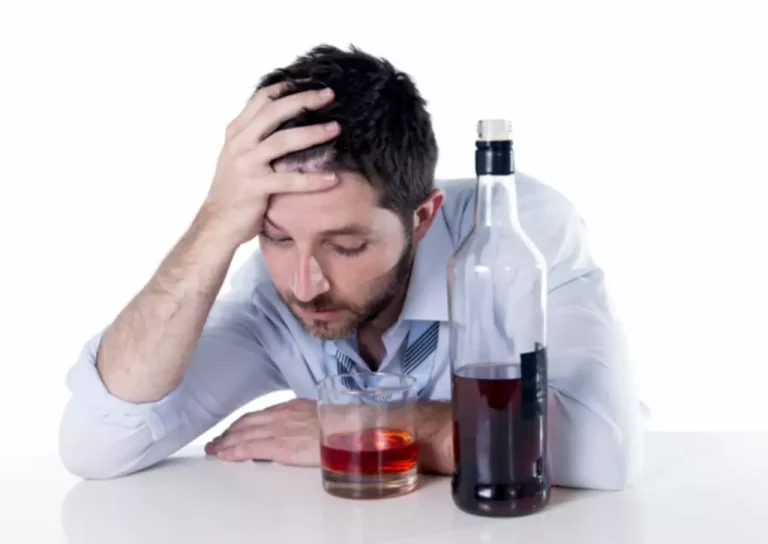

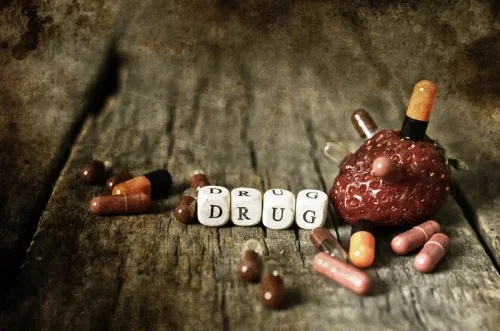

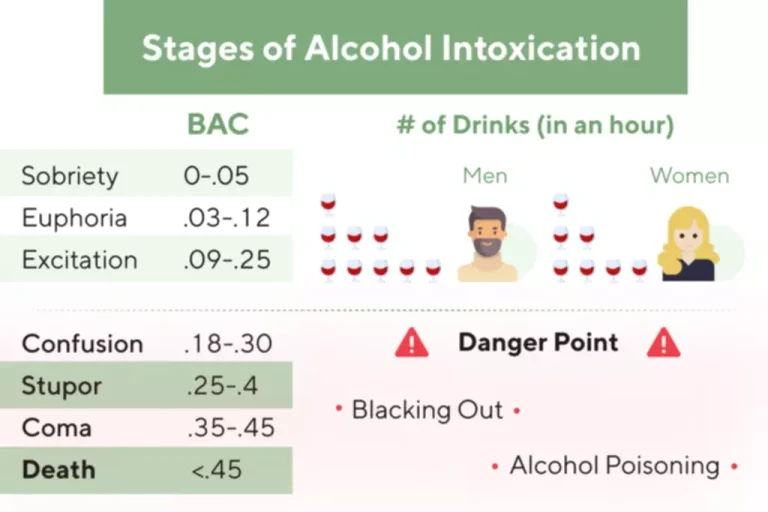





آخرین دیدگاهها